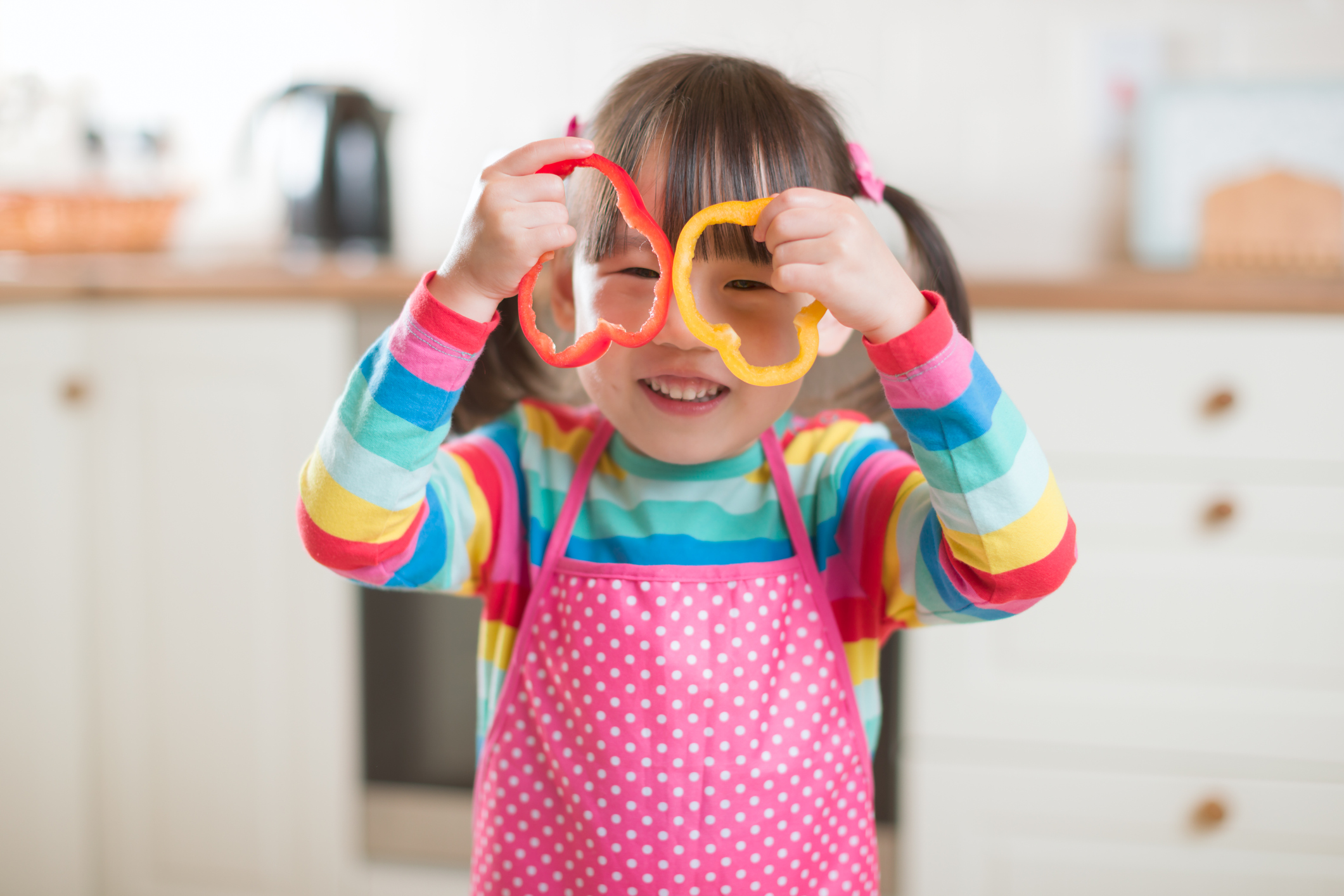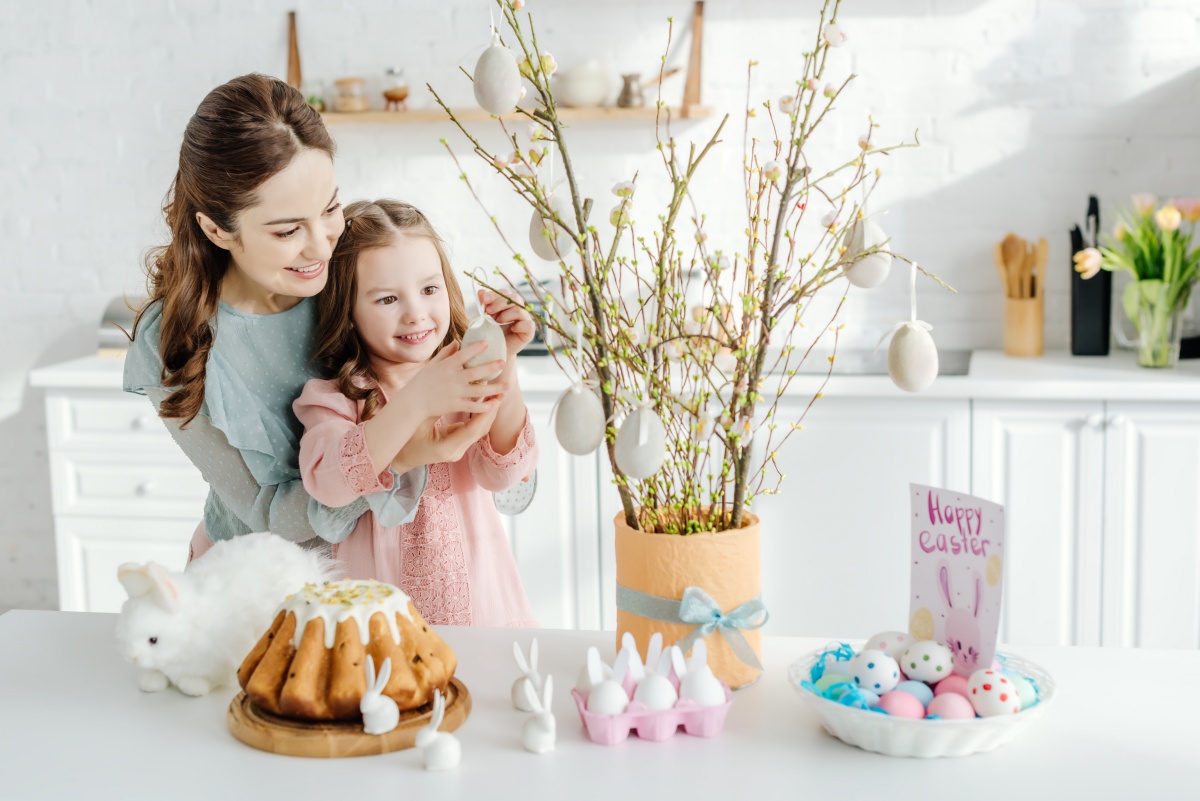
As adults, it can be easy to assume that kids, particularly younger ones, have nothing to fear, worry, or be sad about. After all, childhood is known for being the most innocent and carefree stage of development. However, kids have plenty to be stressed over. Let’s start with a recent and, let’s face it, still current event: We have been living in a global pandemic for well over a year. For a while, some children were not able to go to school or participate in extracurricular activities like they regularly would. Many kids weren’t able to visit friends, cousins, and grandparents as they previously have. Even as life is beginning to look a bit more recognizable, the toll of social isolation and the fear of being away from familiar routines can spark high levels of distress in kids.
And then there are plenty of worries that aren’t associated with a pandemic. For example, kids who are bullied, lonely, withdrawn, or have learning or attention problems are at higher risk for anxiety-related disorders or depression.
Like adults, kids also battle anxiety and even depression. However, the signs and symptoms aren’t always the same in kids as they are in adults. While sometimes subtle, the signs of anxiety and depression are easy to spot in your child if you look really hard. As a parent, it is important to make sure that once you see these warning signs, they don’t go ignored.
Here are some examples of what to look for.
1. Social Isolation
One symptom of anxiety and depression in kids is if they are isolating themselves away from their loved ones. Kids generally want to be around people like their family and friends. Take a good look at your child’s recent activities and see how long they have been in their room. Does it seem like they are in their room more than anywhere else?
Sometimes, a child with anxiety and depression may not be on their computer or phone like you might think. They could just be sleeping all day, crying, or feeling paralyzed with worry. When their friends call or text, pay attention if your child engages or hardly responds. If your kid is on social media, see what they post or how often they post. If they are not showing any interest in leaving their room or engaging with friends remotely, it could mean that there is something more going on.
2. Changes in Mood
Anxiety and depression in kids or teens don’t always look like worry or sadness. Sometimes, it shows up as anger or crankiness. Anger or irritability often comes with the territory with many teens, but does the anger seem excessive or unusual for your teen? Another thing is to observe whether there have been any mood changes with your child. Does he or she look worried or preoccupied about something all the time? Are they frustrated, sad, or display no emotion at all—they just seem detached? Has it been quite some time since you have seen your child smile? Maybe your child has been very quiet lately. This could be a sign that they have overwhelming thoughts in their head that they are struggling to turn off.
3. Changes in Sleep
A kid or teen struggling with anxiety and depression may have challenges with falling or staying asleep. When you pass your child’s room with the door closed, maybe their light is still on or they could be having a snack in the middle of the night. Not only can your child have trouble sleeping, but some children with anxiety and depression end up sleeping too much. They may not have the urge to want to get out of bed and greet the world. They may get 8-10 hours of sleep and still feel exhausted and completely unrested.
4. Hopelessness
A lack of motivation, or a long period of apathy, is a strong sign of anxiety and depression. You may have asked your typically active kid what their weekend plans are only for them to respond that they have none. This may have been a common response for the past few weeks. Especially with the ongoing pandemic, your child may feel like there is no point in doing anything if there is a chance of getting themselves or you sick.
Other signs of distress to look for:
- Decreased interest in previously favorite activities
- Persistent boredom, low energy
- Persistent negative thoughts about self and others
- Frequent feelings of guilt
- Extreme sensitivity to rejection or failure
- Increased irritability, anger, or hostility
- Problems with maintaining relationships
- Complaints of physical illnesses such as headaches and stomachaches
- Frequent school avoidance or poor academic performance
What to Do
So, let’s say you’ve noticed more than one of these signs for over a two-week period of time, what should you do? The best way to intervene at first is to gently talk to your child about the changes you have noticed. For example, you might say: “I’ve noticed you’re not interested in playing videos with your friends anymore. How are things going for you lately?” If your child is reluctant to talk, let them know that you love them very much and that it is normal to feel sadness and anxiety from time to time. If anxiety appears to be the problem, encourage your child to practice facing that thing that makes them feel anxious. The more they practice, the braver they will feel.
Other things to do include:
- Establish routines for them and the family throughout the day to bring fun into their lives—like family movie and game nights.
- Make sure your child gets enough sleep, movement throughout the day, and is eating a balanced diet.
- Encourage social media breaks.
- Encourage in-person peer interaction. It’s important that your child keep in contact with their friends as often as possible.
- Establish periodic family mental-health checks. “On a scale of 1-5, how are you doing today?” Or “What’s the high and low of the day/week?”
While symptoms of anxiety and depression are usually temporary, they can lead to long-term problems if left untreated. Once you notice the signs of anxiety and depression in your child, make an appointment to speak to a therapist or pediatrician for evaluation and possible diagnosis/treatment.
If you are a parent and need additional support with a kid or teen struggling with anxiety or depression, consider the resource Seen: Healing Despair and Anxiety in Kids and Teens Through the Power of Connection.





